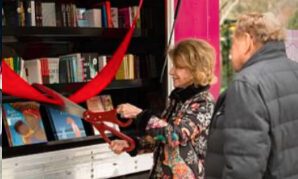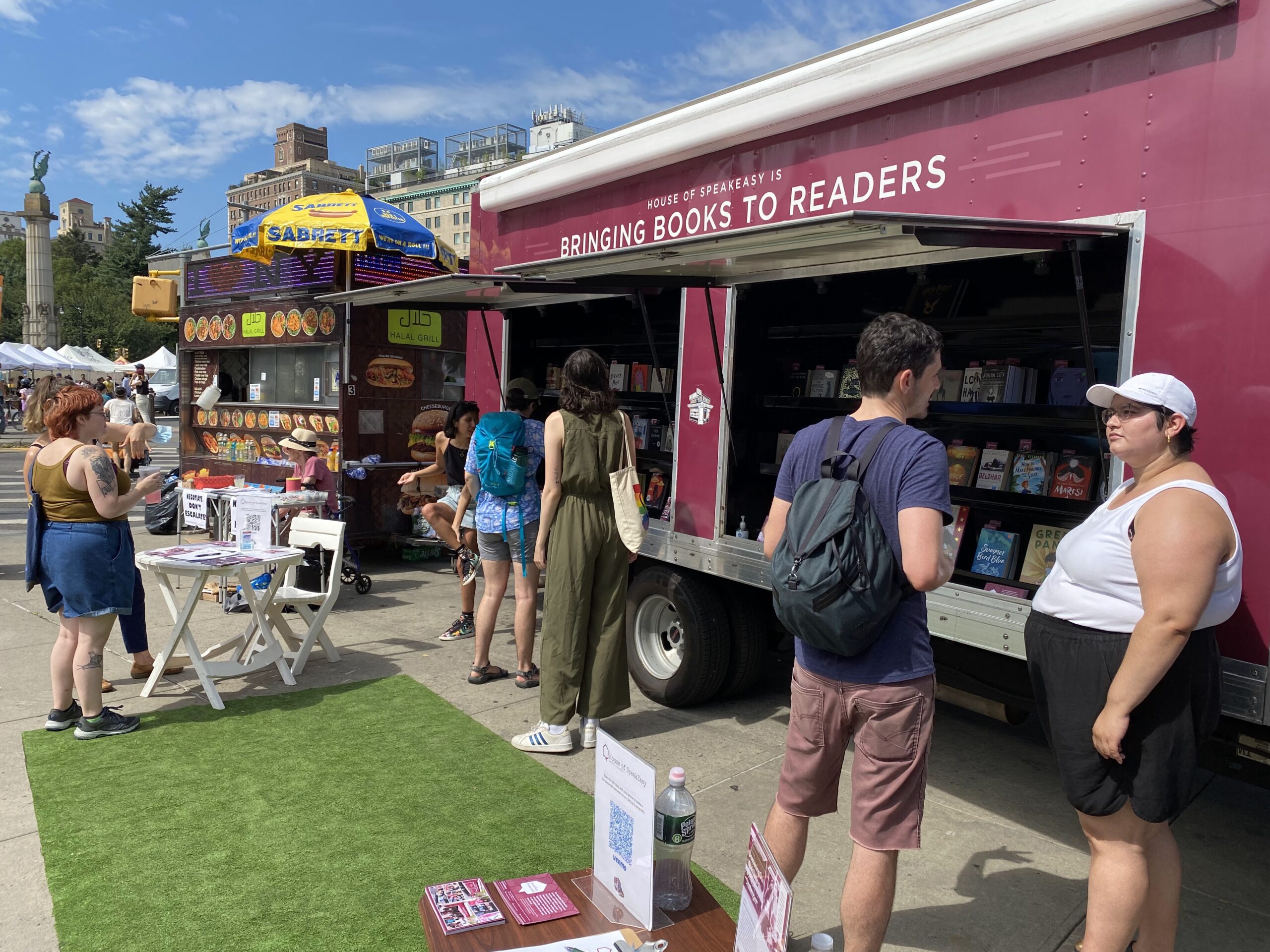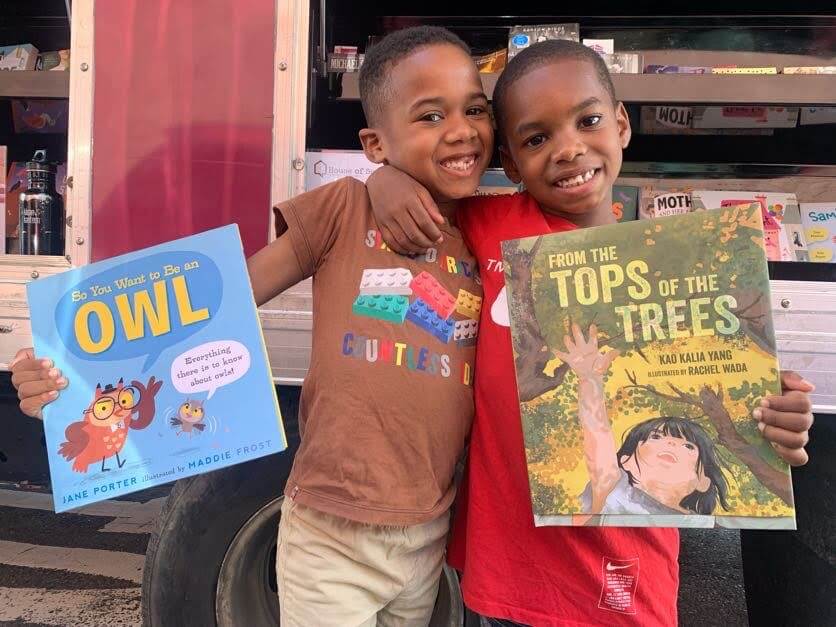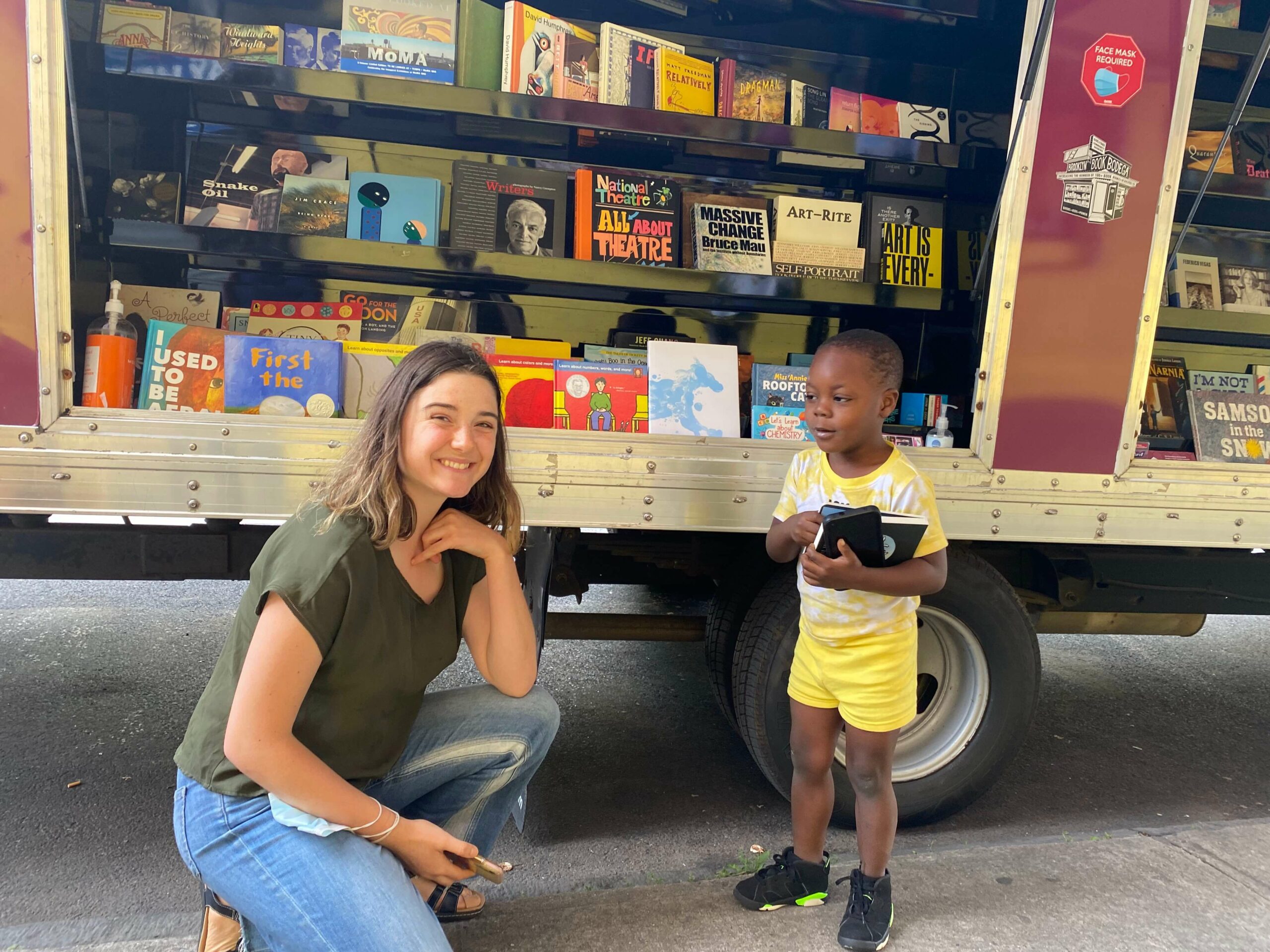Posts From Author: Bookmobile

National Bookmobile Day: Historically SpeakEasy
At House of SpeakEasy we believe that book-ownership should be a right, not a privilege. In 2017, with the help of Billy and Kathy Rayner, we launched The SpeakEasy Bookmobile. We came up with the design logo – but – historically speaking – the idea was Aristotle’s. Owning a book is a unique form of wealth. What the SpeakEasy BookMobile is doing is enabling that wealth to be shared. The kings of Babylon built the first libraries. But they weren’t so interested in the sharing part. This is where Aristotle comes in. He amassed the largest private collection of books in the world, and let it circulate. But since not everyone could read, Aristotle also shared the knowledge they contained by giving free lectures throughout Athens. He turned himself into a bookmobile – on legs. Aristotle’s mission was the same as SpeakEasy’s today: to foster a sense of community, spread ideas, and educate young people. Libraries and mass literacy were among the first casualties from the Fall of Rome in the 5th century. Book ownership became the greatest privilege of all. Few people ever questioned why it should be this way until the rise of universal education in the 19th […]
Read More
On small presses, reading, writing and determination
The Bookmobile at Small Press Flea, 2022 On Saturday, August 20th, the Bookmobile rolled up onto the concourse of the Grand Army branch of the Brooklyn Public Library for the annual Small Press Flea (SPF). Throughout the day, hundreds of book lovers of all stripes mingled with the regular patrons of the weekly farmer’s market happening across the street. The SPF debuted nine years ago, a collaboration between a dozen or so independent publishers. Since then, the event has grown exponentially, drawing over 30 vendors, including independent publishers, magazines, and presses, such as One Story, n+1, and A Public Space. It attracts Brooklyn’s literari from all boroughs. It was no coincidence that SpeakEasy staffers kept seeing familiar faces from editors at Reckless Books and Archipelago pass by. Unlike the majority of our bookmobile deployments, where we distribute brand new free books to communities in need, the SPF presented a rare opportunity for us to sell books., A portion of the proceeds go directly to support our year-round outreach programs, embodied by the Bookmobile itself.. We partnered with Greenlight Books who provided us books at bargain rates for the bookworm on a budget. This year, we featured titles from authors who […]
Read More
On supporting a (reading) ecosystem
When the Bookmobile rolled up to Red Hook, Brooklyn for a graduation celebration in partnership with the Red Hook Initiative, it was met by six-year-old Jeremiah — who had a plan.
Read More
On Loving a Place
Again and again, I saw individuals’ commitment to the neighborhoods they call home.
Read More